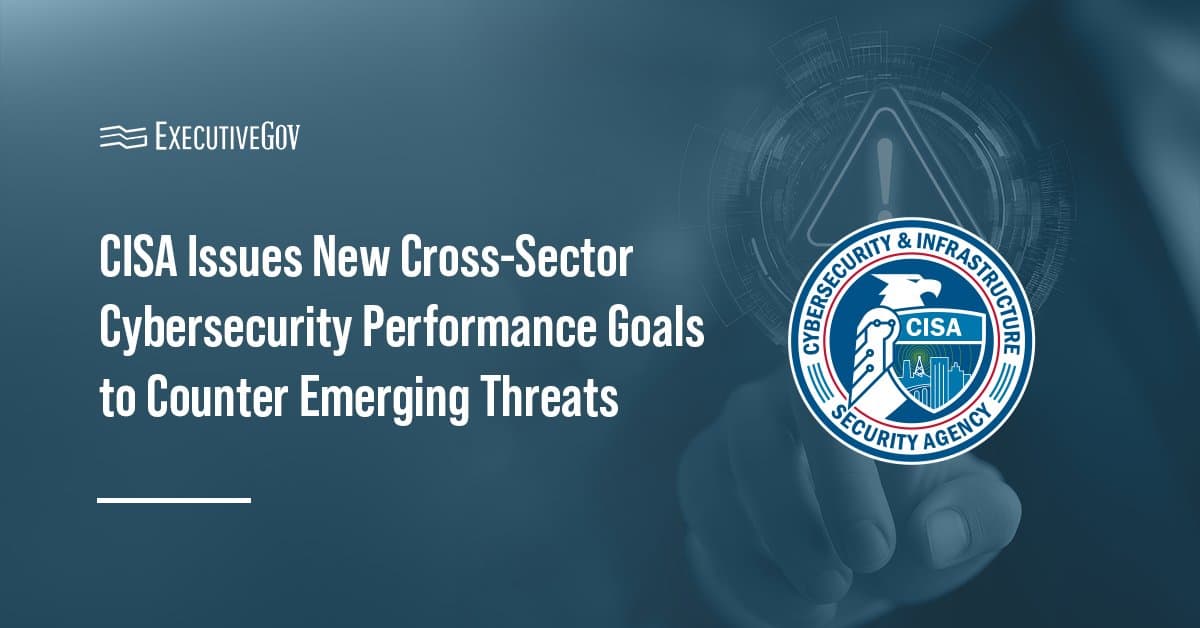U.S. Space Command is tracking over 47,000 space objects and Army Gen. James Dickinson, head of Spacecom, said the command intends to hand over that responsibility to the Department of Commerce in order for it to focus on space domain awareness, DOD News said Friday.
“My current priority is to invest in space domain awareness. To … gain a better understanding of the activities in space,” Dickinson said Thursday during a conference.
“Our challenges center on ensuring the warfighter has relevant and timely data to execute missions in a very complex and changing environment,” he added.
Dickinson highlighted the role of industry in advancing the command’s priorities and the need for an integrated network of sensors that could support warfighters on a global scale.
“Our sensor network must better enable battle management of increasingly dynamic and changing environments,” he said.





